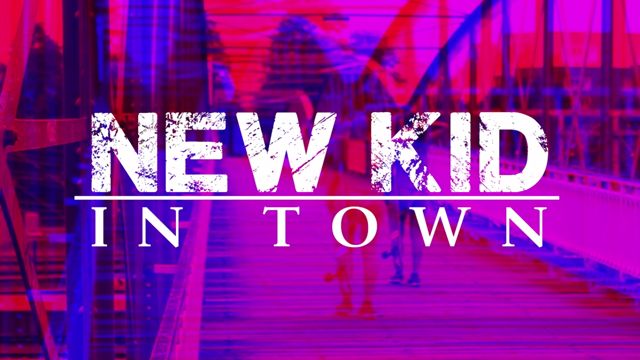Blockchain is the new kid in town

Everyone is talking about it. Every enterprise is experimenting with it. We have blockchain experts all around us. But what do we actually know about blockchain?
Most of the blockchain experts think that blockchain was brought by Mr. Satoshi Nakamoto, the mysterious creator of Bitcoin. However, the idea behind blockchain was first introduced by Stuart Haber and W. Scott Stornetta in 1991. That’s right, folks, blockchain technology has been around for more than 25 years already. Mr. Satoshi only used it as one of the technologies to create Bitcoin.
Hundreds of ICO advisors deem themselves blockchain experts, architects or whatnot. Yet, most of them are not even aware that their ICO is actually a TGE (i.e. Token Generation Event). ICO refers to the offering of a new coin that is either minable or minted, while TGE refers to the creation of a new token on one of the cryptoplatforms (e.g. Ethereum, Waves, NEO, etc.). But that’s another topic.
What is blockchain?
In scientific terms blockchain is a shared immutable ledger for recording the history of transactions. In simple terms blockchain facilitates decision making — all parties can reach a consensus without a third party. And consensus is the main term here.
Nowadays it seems that blockchain technology is the panacea for all world problems. Numerous ICOs (i.e. TGEs) are promising virtually anything + “blockchain”: IoT data on blockchain, secure communication blockchain, blockchain for machine learning and artificial intelligence, etc. There are already more than 1 500 serious projects that raised millions of dollars to solve some kind of major problem using blockchain. But what if blockchain is not the answer to those problems? Apparently it is not and that is why 60% of ICOs of 2017 are already confirmed as failures. You might be guessing where all that raised money go — the answer is it got reinvested to other brilliant blockchain projects. And here we go again!
Back to blockchain. There are four types of blockchains:
Public blockchains are open source blockchains that allow all users to read stored information and create transactions;
Private blockchains allow read access only to certain users and transactions can only be made using a certain interface provided by blockchain operators;
Permissionless blockchains allow everyone to read, transfer and participate in building and maintaining the blockchain;
Permissioned blockchains can be build and maintained only by predefined operators.
Most important types are public and permissionless blockchains. The key takeaway is that they facilitate the creation of a network with a unique value proposition— everyone can build, read and use it (i.e. censorship resistant). And this is a BIG thing. There is a similar network with the same value proposition — it is called the World Wide Web. And it is also BIG.
So what?
Blockchains are promising (at least some of them), but we have a long way to go to utilize their potential and reach large scale adoption. While real adoption is still underway, read and learn everything about the crypto networks — do not invest into things that you do not understand.
If you have enjoyed the article to the end I have a bonus part for you:
How to spot a true blockchain expert?
Ask him: “What did Satoshi write about blockchain in Bitcoin whitepaper?”
The answer is: “Nothing. The closest term Satoshi used was a chain of blocks, but it was usually called a proof-of-work chain.”
Stay tuned!
If you liked this article, please upvote! If you are hungry for knowledge in crypto space, feel free to contact me [email protected] — I would be happy to answer any questions and share interesting content.
Coins mentioned in post:
Downvoting a post can decrease pending rewards and make it less visible. Common reasons:
Submit